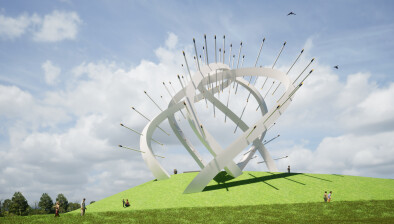And finally…foundations to die for
Archaeologists in South Korea digging at the foundations of a palace once inhabited by the nation’s ancient monarchs have found historic human remains under its walls which they claim could provide evidence of an local legend of people being buried alive under buildings in order to gain favour from the gods.
The discovery at Wolseong Palace, Gyeongju, in South Korea may give some credence to “Inju”, a belief that people were buried alive or sacrificed within buildings to ensure that the gods would protect them.
The excavation uncovered two bodies, the country’s National Research Institute of Cultural Heritage (NRICH) has revealed.
The bones are thought to date back to the Silla Kingdom, an ancient dynasty founded in 57 BC that ruled over Korea until 935 AD.
Work along the western walls of Wolseong Palace compound, where the remains were discovered, has been taking place since June 2015.
According to the NRICH, Wolseong displays early evidence of wall construction.
Such sacrifices are already known from ancient civilizations such as Egypt, where slaves were buried with pharaohs to serve them in the afterlife. The practice of human sacrifice remained just a legend in Korea, however.
The Gyeongju National Research Institute, which was involved in the find, believe this could be the first evidence of the grisly exercise in Korea.
“According to tradition it is said that the pillars appeased the gods and prayed that the structures under construction would keep standing forever,” Gyeongju National Research Institute researcher, Park Yoon Jung, told AFP.
However, a professor at Seoul’s Soongsil University, Choi Byung hyun, has said that it may be too early to tell why the people were buried at Wolseong Palace, the Korea Herald reports.
Researchers said it was unclear how the two individuals died. The NRICH says it will carry out “thorough” research to determine the lifestyle of the suspected sacrificial victims.















